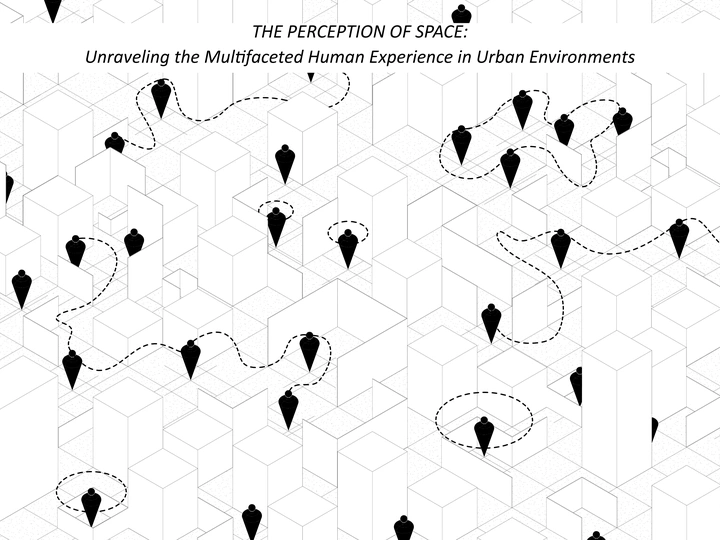The Perception of Space.

Zaruhi Margaryan
We are young architects from Armenia Zaruhi Margaryan and Artur Hovhannisyan, currently residing in Japan. With our studio ZMX, we specialize in architecture, urban planning, and urban design. Our work aims to weave together the tangible and intangible aspects of space, focusing on phenomenology and people's perception of their environment. More than just creating buildings, we strive to design spaces that harmonize with the experiences and needs of those who inhabit them. Our journey in Japan reflects our commitment to delve deeper into the understanding of how diverse individuals perceive their surroundings, which forms the cornerstone of our quest to design inclusive, adaptable, and vibrant urban environments. You can learn more about our work and vision at www.zmx.am. Our inherent curiosity and commitment to empathetic design practices continuously drive us to explore, understand, and shape the spaces that define our lives.
Our project titled " The Perception of Space: Unraveling the Multifaceted Human Experience in Urban Environments " is a deep dive into understanding the human relationship with the environment. It examines how people's physical, social, and emotional needs influence their perception of urban and architectural spaces, and how these spaces can be designed to foster well-being, inclusivity, and adaptability.
In the context of Japan, renowned for its blend of tradition and modernity in architecture and urban design, we sought to explore how different individuals perceive their environment. We observed that Japan's homogenous urban spaces could potentially overlook the diverse experiences and needs of its population. To counter this, we conducted a study using the Semantic Differential Analysis method, allowing us to capture and analyze the participants' perceptions across emotional, physical, and social dimensions.
The study consisted of questions aimed at understanding how participants described their urban areas, their emotional states, and their interactions with people in their cities. Their responses were then rated and processed, which helped us create a comprehensive picture of diverse perceptions of the Japanese urban environment.
To simplify the data and identify patterns, we applied factor analysis, which helped us group the adjectives based on their shared attributes and identified the key needs within urban spaces.
Our approach emphasizes a people-centred design, taking into account the diversity of human needs and experiences. It not only involves the construction of structures but also fosters communities and nurtures emotional well-being. By understanding how people perceive their environment, we can design spaces that resonate with the people inhabiting them, resulting in more inclusive, adaptable, and vibrant urban environments.